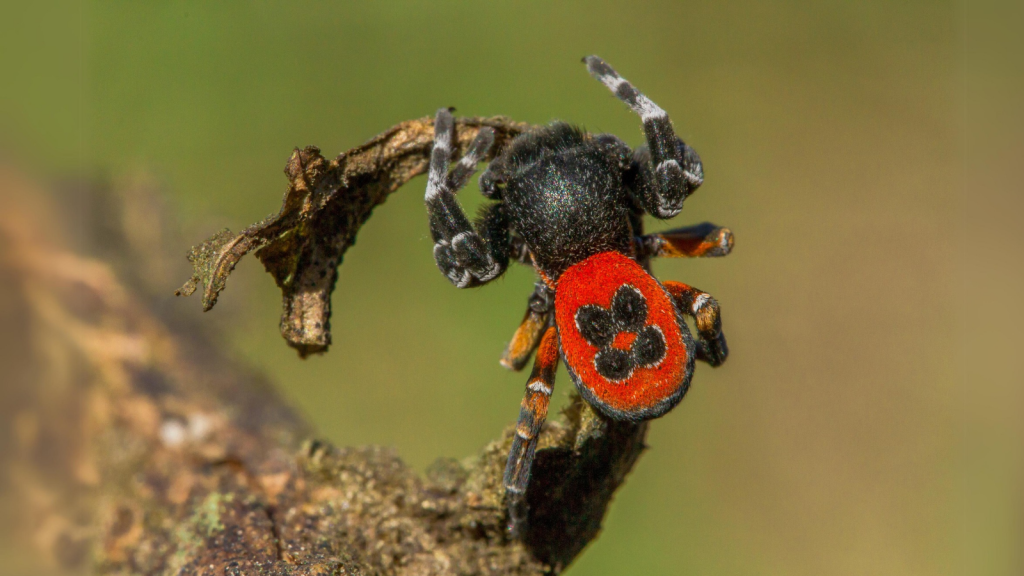The world of arachnids is filled with creatures that seem to have crawled straight out of science fiction. From spiders that can breathe underwater to scorpions that glow in the dark, these eight-legged wonders never cease to amaze. While many people fear arachnids, they’re actually remarkable creatures. And many are useful, too, as they keep insects at bay. I happily coexist with the spiders in my house, as they eat other pests I’d rather not have. Some of these extreme web-slingers have evolved to survive in some of the harshest environments on Earth, using their unique abilities to hunt, defend themselves, and even communicate. Here are 15 arachnids that push the boundaries of what we thought possible in the natural world.
Diving Bell Spider
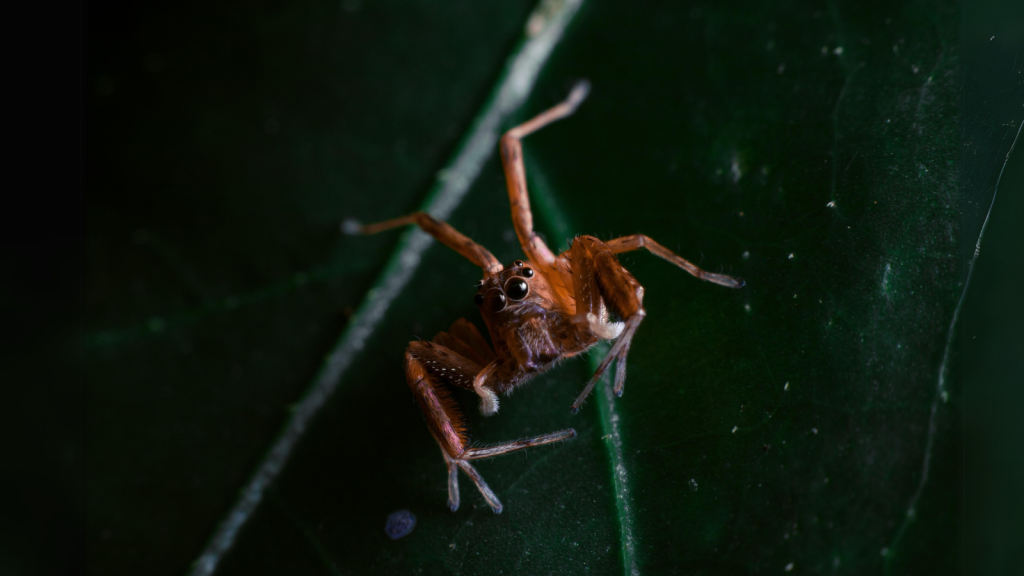
The diving bell spider is the only spider that lives its entire life underwater. It creates a silk bubble filled with air, which it carries down into ponds and streams. This spider can stay submerged for over 24 hours, coming up only to refill its air supply. It hunts small aquatic insects and crustaceans, truly embodying the phrase “fish out of water.” The diving bell spider’s underwater home also serves as a nursery for its young, protecting them from aquatic predators.
Brazilian Wandering Spider
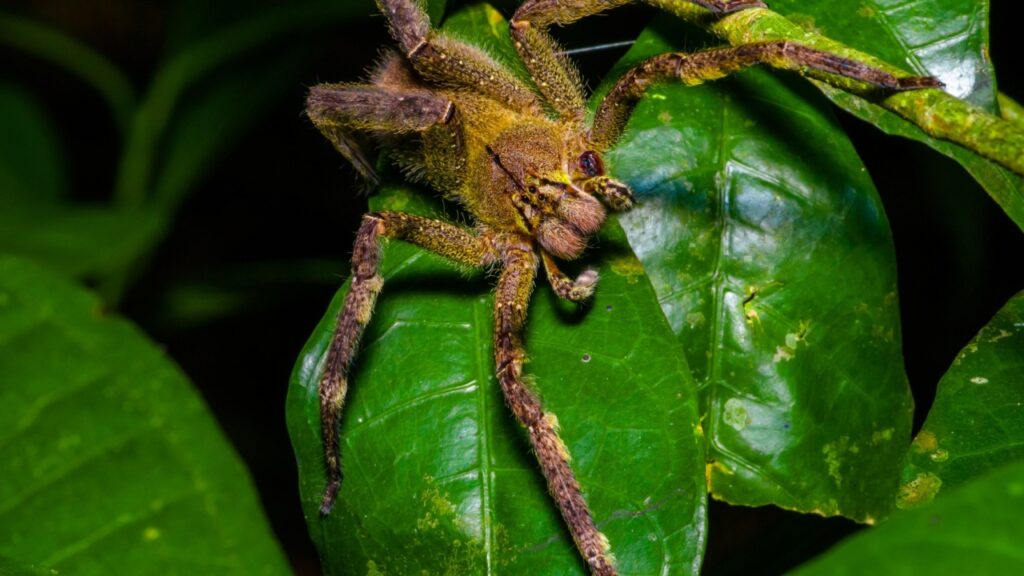
Often called the world’s most venomous spider, the Brazilian wandering spider packs a potent neurotoxin in its bite. These spiders don’t build webs, instead wandering the forest floor at night in search of prey. Their venom can cause intense pain, sweating, and in severe cases, death if left untreated. Interestingly, scientists are studying compounds in their venom as potential treatments for erectile dysfunction.
Peacock Spider

These tiny Australian spiders are known for their vivid colors and elaborate courtship dances. Male peacock spiders have flaps of brightly colored scales that they raise and wave to attract females. Their dances are so intricate that they’ve become internet sensations, with millions of views on video-sharing platforms. Some species of peacock spiders are as small as 4mm, making them one of the smallest spiders in the world.
Scorpion-Tailed Spider
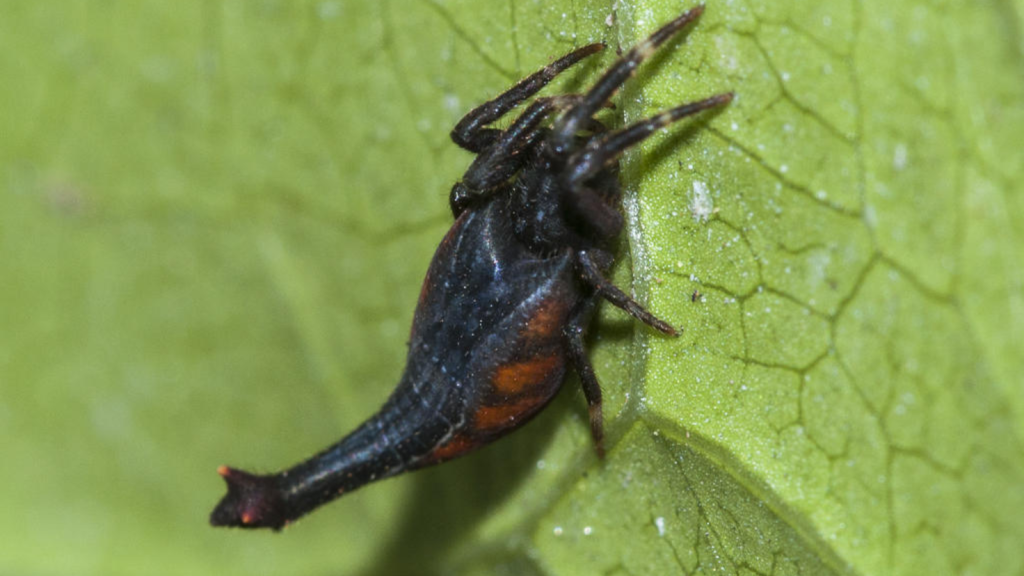
This peculiar arachnid has a long, curled tail that resembles a scorpion’s stinger. However, this tail is harmless and used solely for camouflage. The scorpion-tailed spider builds circular webs and uses its unusual shape to blend in with surrounding vegetation, fooling both predators and prey. When threatened, it can vibrate its web at high speeds, becoming a blur that confuses potential attackers.
Assassin Spider
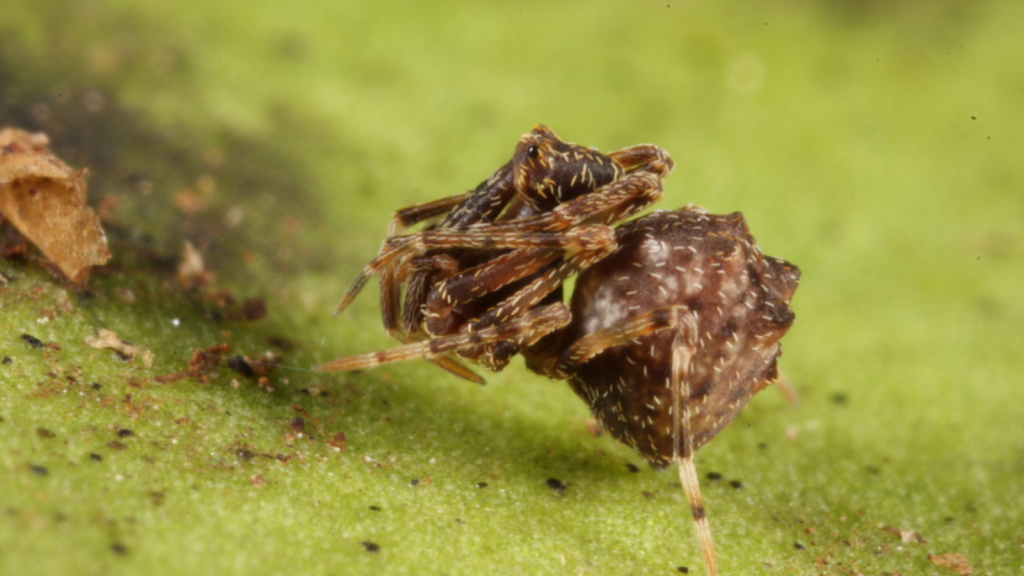
Also known as pelican spiders, assassin spiders have an elongated “neck” and pincer-like mouthparts. These unusual features are used to hunt other spiders, keeping the assassin at a safe distance from its dangerous prey. Some species of assassin spider can rotate their heads 180 degrees, giving them an almost owl-like appearance. These living fossils have remained virtually unchanged for over 165 million years.
Camel Spider
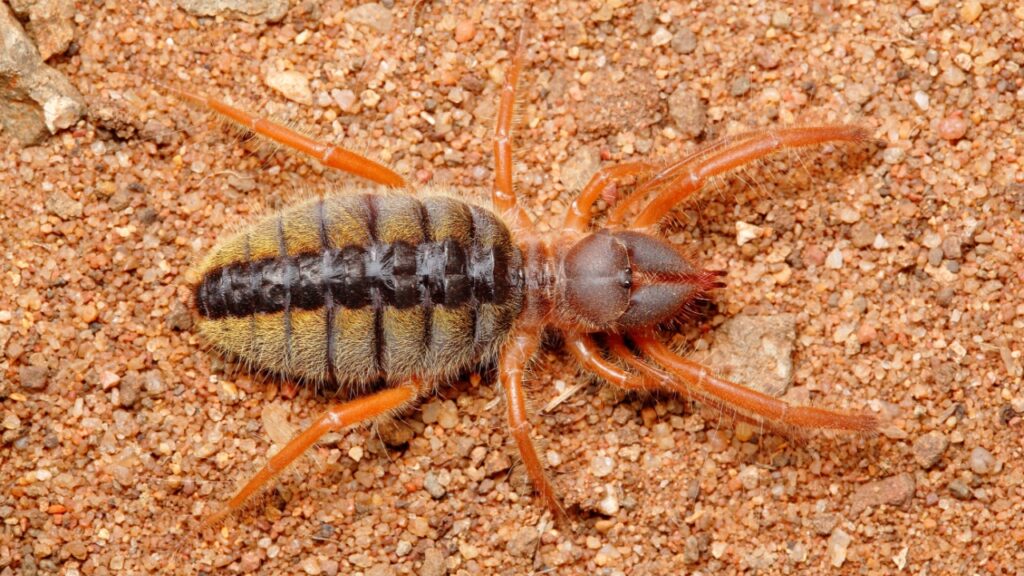
Despite their name, camel spiders are neither spiders nor camels. These arachnids are actually solifuges, known for their incredible speed and voracious appetite. Camel spiders can run up to 10 miles per hour and use their powerful jaws to crush prey larger than themselves. They have an extra pair of leg-like appendages called pedipalps, which they use to grab and manipulate prey.
Whip Spider
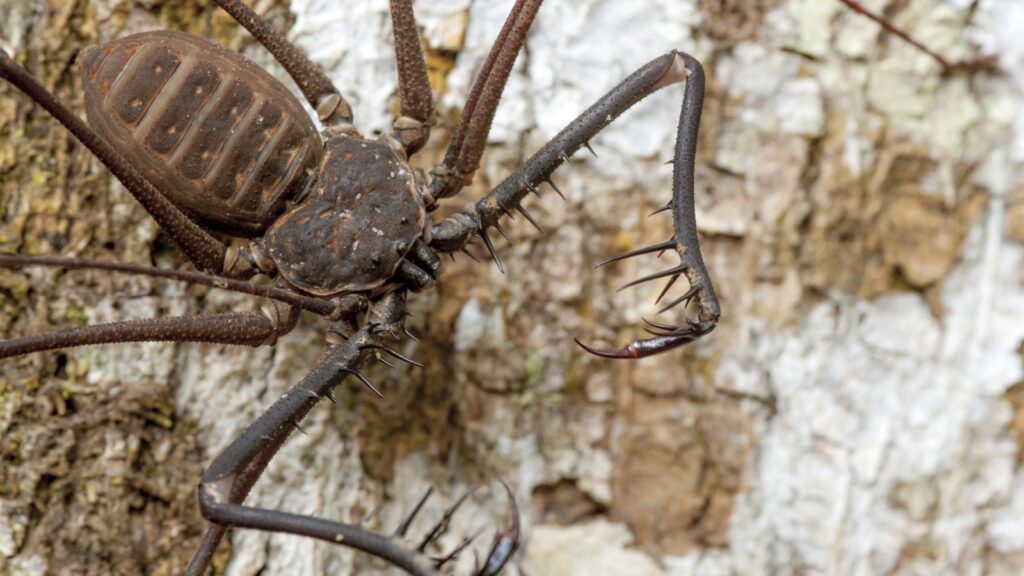
Whip spiders, or amblypygids, look like something out of a nightmare with their flat bodies and long, spiny legs. Their first pair of legs has evolved into whip-like sensory organs that can be twice the length of their body. Despite their fearsome appearance, whip spiders are harmless to humans and make popular exotic pets. They are excellent mothers, carrying their young on their backs and sharing food with them for several months.
Net-Casting Spider
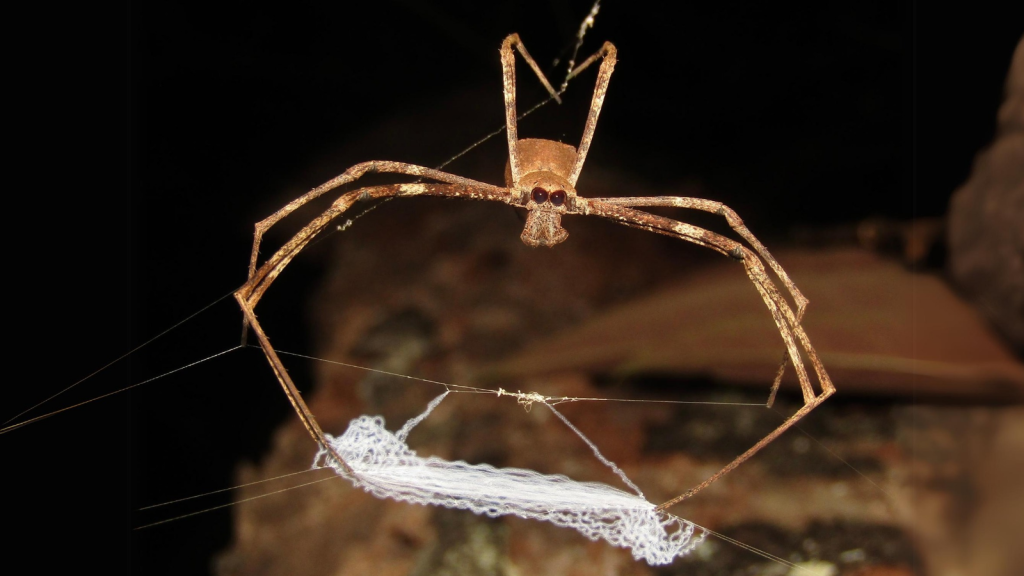
Also called ogre-faced spiders, these arachnids have enormous eyes that give them excellent night vision. They create a small, rectangular web between their front legs, which they use to actively catch prey. When an insect passes by, the spider stretches the web and throws it over its victim, like a miniature gladiator with a net. Their eyes are so sensitive that they can see in light 2,000 times fainter than humans can perceive.
Ladybird Spider
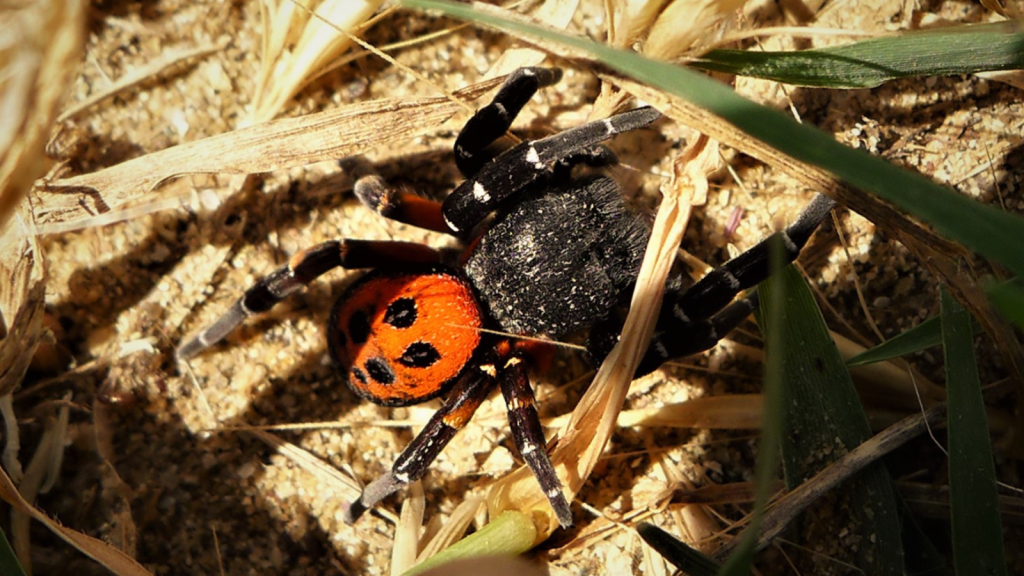
Named for their bright red coloration with black spots, male ladybird spiders resemble their beetle namesakes. These endangered arachnids live in underground burrows and are rarely seen. Female ladybird spiders are entirely black and much larger than the males, creating a striking contrast between the sexes. Conservation efforts in the UK have helped bring this species back from the brink of extinction.
Bolas Spider
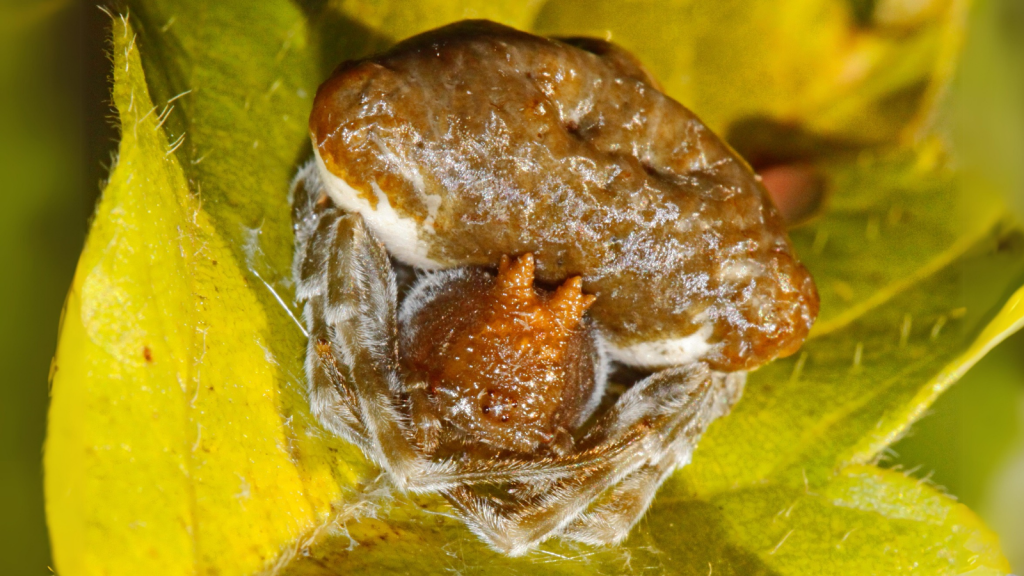
Bolas spiders have evolved a unique hunting strategy that involves chemical warfare. They create a single strand of silk with a sticky glob at the end, which they swing at passing moths. The spider produces pheromones that mimic female moths, attracting males to their doom. Different species of bolas spiders can mimic the pheromones of multiple moth species, expanding their prey options.
Giant Huntsman Spider
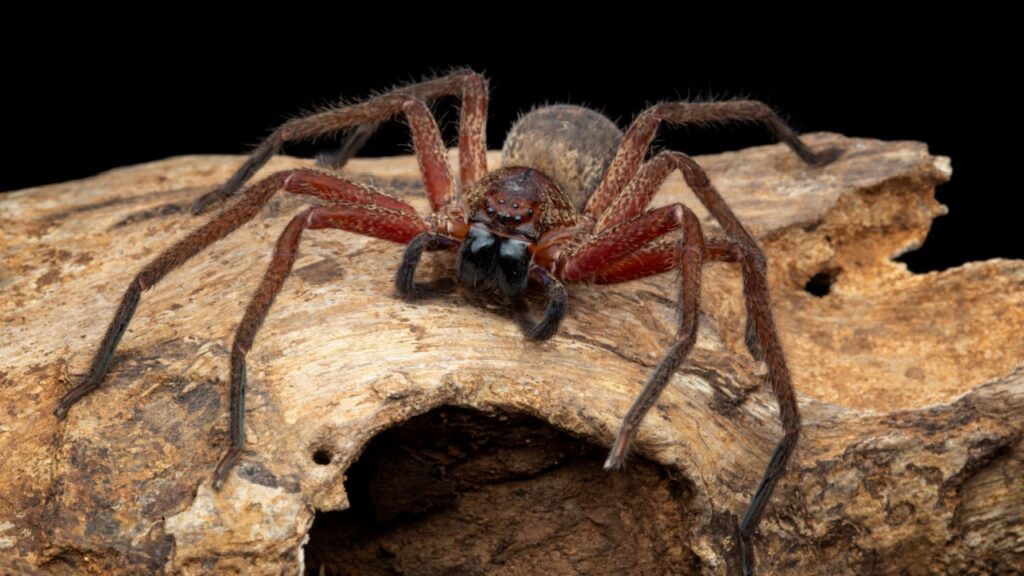
Holding the record for the largest leg span of any arachnid, the giant huntsman spider can reach up to 12 inches across. These speedy spiders don’t build webs but actively hunt their prey. Despite their intimidating size, they’re generally shy and avoid human contact. Giant huntsman spiders are excellent pest controllers, feeding on cockroaches and other household insects in their native Southeast Asia.
Spitting Spider
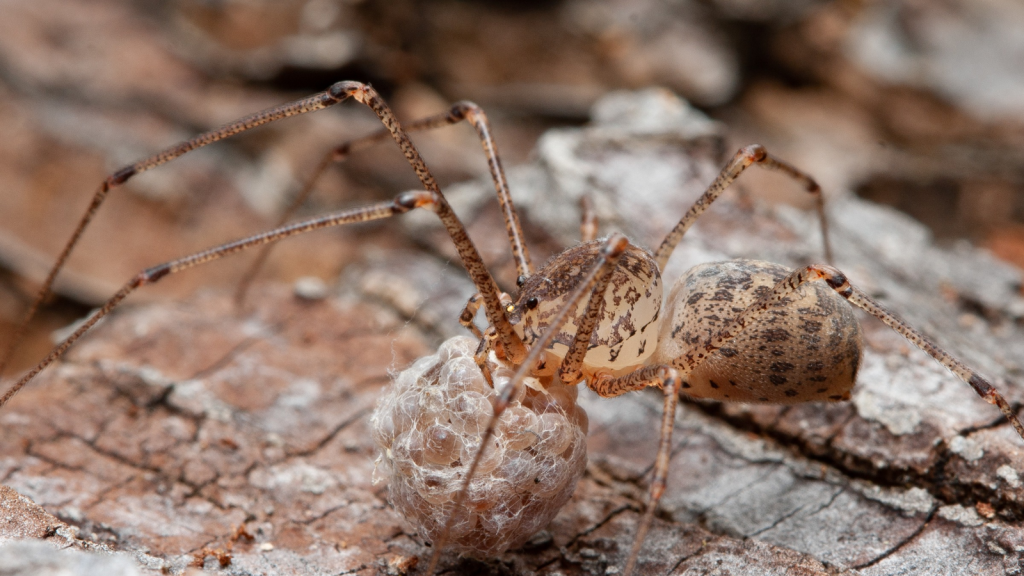
Spitting spiders have evolved a unique way to subdue their prey. They spit a venomous, sticky silk from their fangs, effectively gluing their victims in place. This silk-venom mixture can be shot up to 2 centimeters, allowing the spider to catch prey from a distance. The spitting spider’s aim is incredibly accurate, able to hit targets with pinpoint precision in complete darkness.
Darwin’s Bark Spider
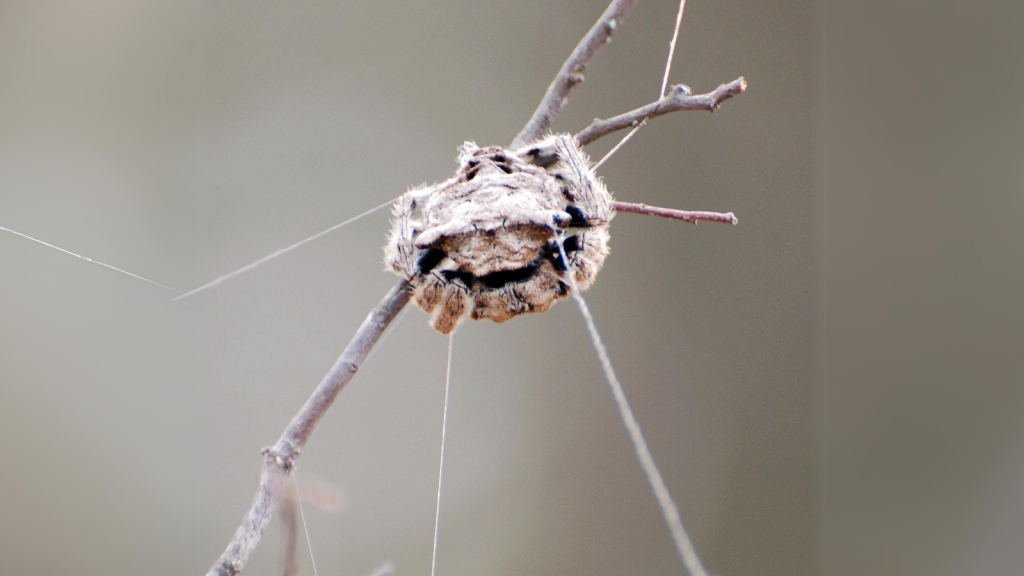
This Madagascar native produces the strongest known spider silk in the world. Darwin’s bark spiders can create webs that span rivers, stretching up to 25 meters in length. Their silk is ten times stronger than Kevlar by weight, leading to research into its potential applications in manufacturing. The silk’s unique properties could potentially be used in creating lightweight, super-strong materials for various industries.
Scorpion
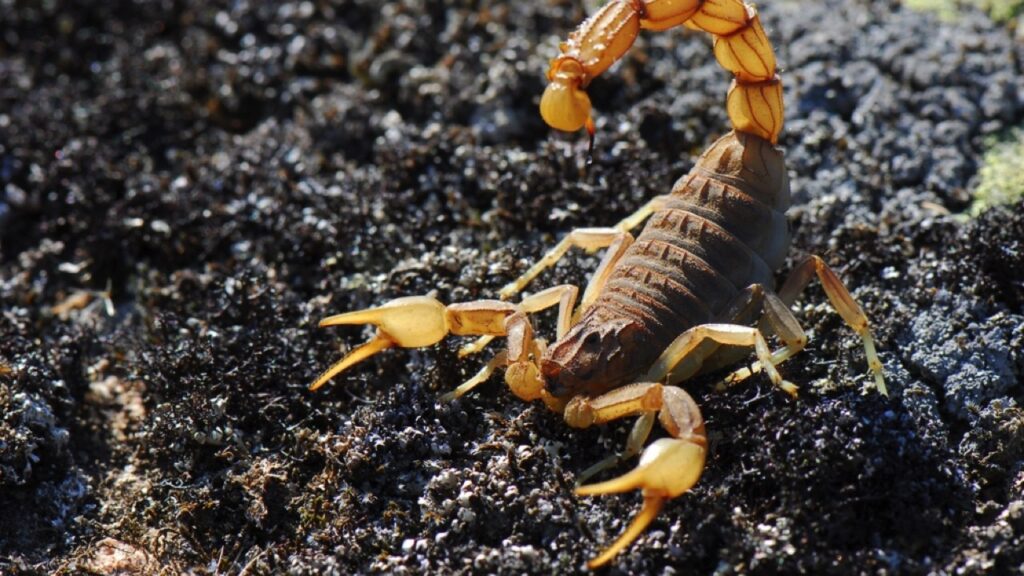
While not technically spiders, scorpions are arachnids that deserve mention for their extreme adaptations. Many species can glow under ultraviolet light, giving them an otherworldly appearance. Scorpions are living fossils, having remained largely unchanged for over 400 million years. They are incredibly resilient, capable of surviving in extreme environments and going without food for up to a year.
Goliath Birdeater
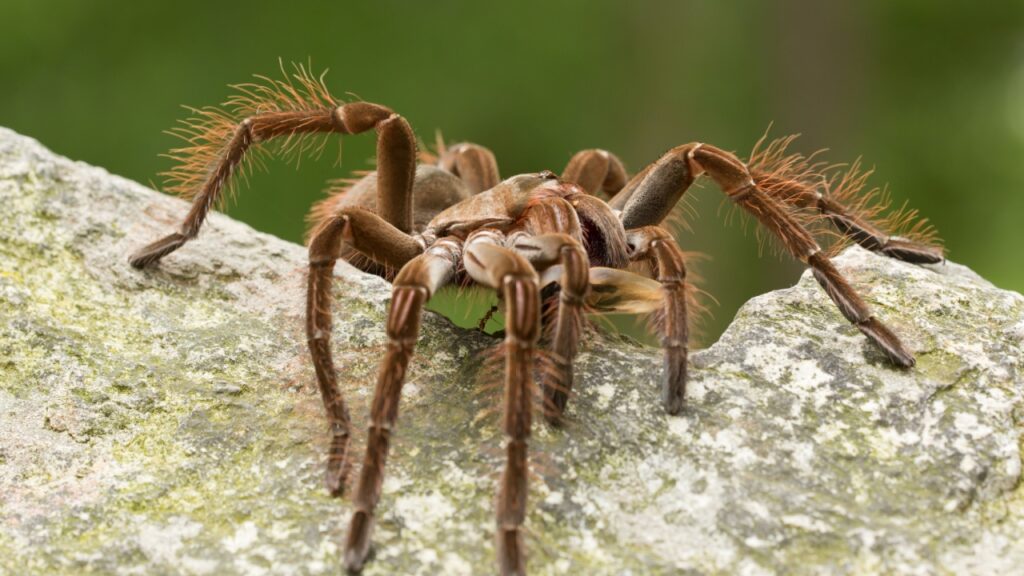
The Goliath birdeater is the heaviest spider in the world, with some specimens weighing over 6 ounces. Despite its name, it rarely preys on birds, instead feeding on insects, frogs, and small mammals. These tarantulas can regenerate lost limbs and have been known to live up to 25 years in captivity. When threatened, they can produce a hissing sound by rubbing their legs together and flick irritating hairs from their abdomen at potential predators.

